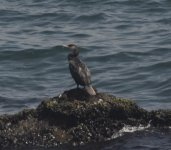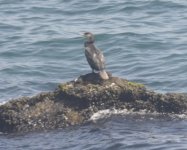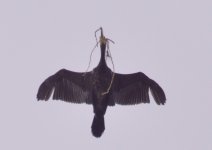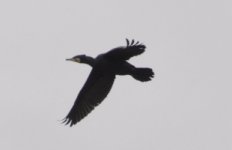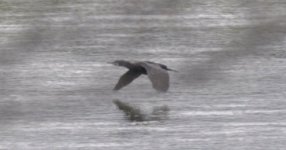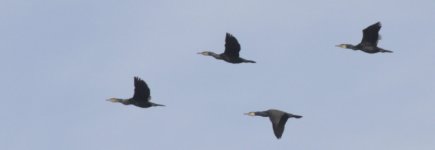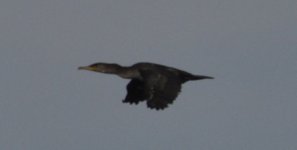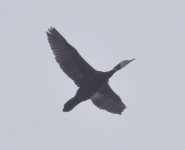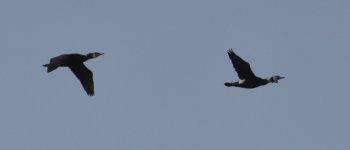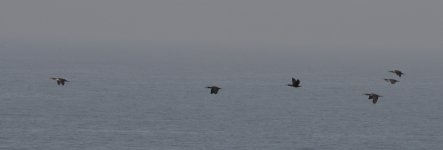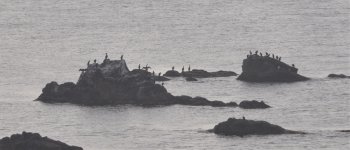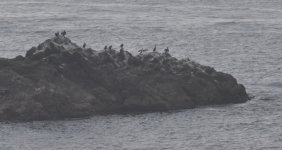
Hi!
I need help distinguishing if possible between the Japanese and Great Cormorant in 2 sets of 5 photos.
The first set (photos 1A,1B) was taken from a train off the coast of Asari, Hokkaido, Japan.
The second set (photos 2,3,5)was taken maybe 2 kilometers up river from the ocean in Yoichi, Hokkaido, Japan.
It has been seen and stated that both kinds inhabit the area, but i am dumbfounded to see any way to tell in these photos.
Any help is well appreciated
Thanks!
Jeff
I need help distinguishing if possible between the Japanese and Great Cormorant in 2 sets of 5 photos.
The first set (photos 1A,1B) was taken from a train off the coast of Asari, Hokkaido, Japan.
The second set (photos 2,3,5)was taken maybe 2 kilometers up river from the ocean in Yoichi, Hokkaido, Japan.
It has been seen and stated that both kinds inhabit the area, but i am dumbfounded to see any way to tell in these photos.
Any help is well appreciated
Thanks!
Jeff




